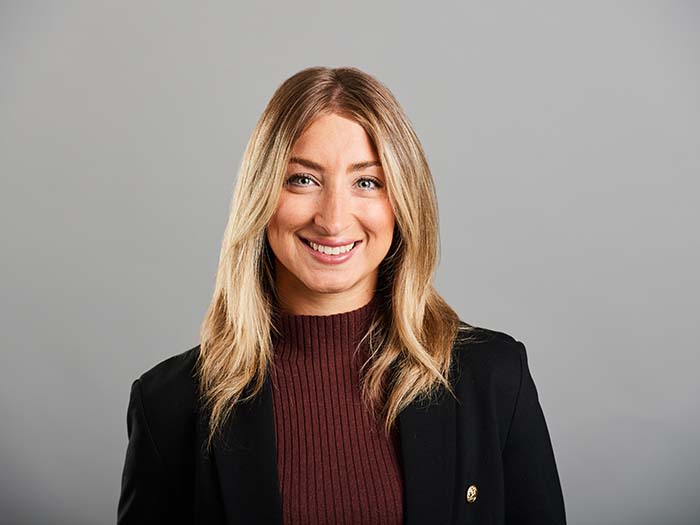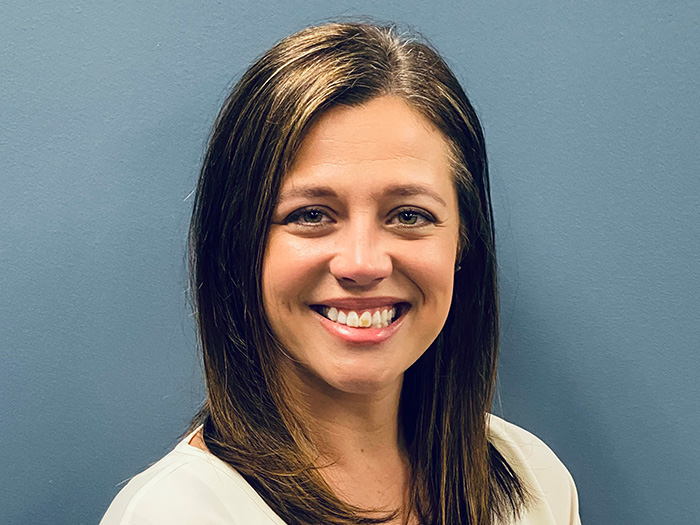Wholesale Broker Consolidation
Wholesale Consolidation

One of the most dramatic and yet often untold developments in the insurance industry in the past seven years is the massive consolidation taking place among wholesale brokers.
David Miller, vice president for underwriting for family owned W.A. Shickendanz based in Belleville, Ill., observed: “You’ve had a very prolonged soft market accompanied by the worst economy since the ’30s. I think many wholesale brokers, especially smaller ones, who for month after month after month were losing money threw their hands up in the air and said, ‘I’m going to sell or merge.’ ”
Consolidation May Escalate
Miller said a lot of these smaller-scale wholesale owners came into the market in the late 1990s and early 2000s and made good money when the market firmed but they often didn’t invest in cash-producing assets, and then when cash call times came, they came up short.
Alan J. Kaufman, president and CEO of insurance for Burns & Wilcox, the largest wholesale broker in North America, noted: “There’s a significant amount of consolidation taking place. That’s not an opinion. That’s a fact. I think this will continue, maybe even escalate. And it’s also taking place in the retail world.
“One doesn’t have to look too far to see some of the large firms acquiring other large firms, and I think the mid-sized firms are buying small guys, and so it continues,” he added.
Also, Kaufman said, the cost of operations has gone up, the cost of IT, the cost of marketing and of course the cost of people.
“That’s a starting point,” he said. “And then the insurance companies have been re-engineering their distribution, which means they’re limiting the retail and wholesale brokers who they’re providing contracts to. So that means some of the smaller producers, though they won’t admit it, don’t have the contracts that are needed in order to conduct a profitable business from month to month and year to year.”
Meyer Shields, a Baltimore-based managing director at investment and research firm Keefe, Bruyette & Woods (KBW), cited two major trends fueling what he called the “massive” consolidation taking place among wholesale brokers.
He said consolidation has meant larger firms have been able to put together bigger deals, better terms and conditions, and better rates for their clients, and as a result drive out smaller and less capitalized firms.
“Some of the smaller producers, though they won’t admit it, don’t have the contracts that are needed in order to conduct a profitable business from month to month and year to year.”
—Alan J. Kaufman, president and CEO of insurance, Burns & Wilcox
The second thing, Shields said, is “if you look at the history of wholesale market, the three biggest global brokers — Aon, Marsh and Willis — each sold their wholesale brokerage operations in the aftermath of the insurance scandals of 2004 and 2005, when Eliot Spitzer forced the big three and others to divest themselves of the businesses.”
That was due to political pressure at the time, but one of the strategies employed since then by these brokers has been to limit their own use of third-party brokers and retain as much of the business as possible, directing it through the London market.
“If you look at Lloyd’s, it is very heavily involved with specialty risks,” Shields said.
Notable Deals
Two notable deals have marked consolidation in the wholesale broker market in the past year or so.
BB&T Corp., the ninth largest U.S. bank by deposits, agreed to buy the life and property and casualty insurance units of Crump Group Inc. a year ago February for $570 million.
It was expected to add about $300 million in annual revenue to BB&T Insurance, the sixth largest insurance broker in the United States and the seventh largest internationally.
Crump is a large independent wholesale distributor of life insurance and one of the largest providers of wholesale commercial insurance brokerage and specialty programs in the United States. The acquisition did not include Crump’s retirement services business.
“The deal is a great strategic fit for BB&T, immediately increasing and diversifying our fee income while driving stronger revenues,” said Kelly S. King, BB&T’s chairman and chief executive officer, when he announced the purchase.
The deal made BB&T one of the nation’s largest independent wholesale brokers. New York-based private equity firm J.C. Flowers & Co. is a large stakeholder in BB&T Corp.
In another significant acquisition in the wholesale brokerage world, AmWINS Group Inc. acquired Gresham & Associates, which placed $340 million in premium last year.
The acquisition positioned AmWINS as a leading international specialty insurance distributor, placing more than $7.5 billion in annual premium, according to the company, which now has more than 2,800 employees in 18 countries.
Established in 1979 by Jim Gresham, the firm grew to become one of the largest managing general agents and wholesale brokers in the country.
When the agreement was reached, M. Steven DeCarlo, CEO of AmWINS, said: “This partnership gives us enhanced distribution and allows us to deepen the relationships that both firms have built with their clients and carrier partners.
“Additionally, the strength of their binding authority capabilities is second to none and a natural fit for us, as we look forward to growing that segment of our business.”
The acquisition positioned AmWINS as a leading international specialty insurance distributor, placing more than $7.5 billion in annual premium, according to the company, which now has more than 2,800 employees in 18 countries.
In conjunction with the acquisition, Tony Gresham, president of Gresham & Associates, assumed the additional role of CEO. Jim Gresham continued as chairman of the organization.
Looking at the landscape for wholesale brokers during the past seven years or so, Janet E. Smith, president of Hendersonville, Tenn.-based Bailey Special Risks, said, “The collapse of the financial system in the mid- to late-1990s had its toll on the insurance industry. Since then it’s been a time of falling premiums. It was a period of serious contraction for our business.”
Smith’s partner and vice president, underwriting, at Bailey Special Risks, Sandy J. Hall, said that the period of consolidation presented many opportunities for both buying and selling.
“For sellers, it was a good time for them to cash out near the high end of the revenue level they had been achieving,” Hall said. “It translated into a reward for all the work these smaller-sized wholesalers had been doing, working harder and harder for less and less money.”
Meanwhile, Hall said, the bigger companies were having a hard time, too. It was really a time to expand your operations, said Hall. “That’s why they were looking for an opportunity to buy. So, it was a good time for both buying and selling.”
The High Cost of Technology
One of the drivers of smaller, privately held wholesale brokers selling out is the high cost of staying up to date on technology.
KBW’s Shields said: “Technology has been something that has been under-adopted by small producers. Some mini-brokers said that if they knew more about their business they could earn more and do a better job for their clients.”
But that requires a significant investment in technology, one that many small wholesale brokers are not able to make, Shields said. “You can’t spend $20 million on technology if you only have revenues of $20 million,” he said. “So this is a driver for small-scale producers to join bigger operations by the process of consolidation.”
Smith and Hall at Bailey Special Risks said it’s been much easier to consolidate when everyone involved is using similar technology systems.
“Everybody is pretty much paperless by now,” Hall said. “It’s an easier proposition than in the past where you had people using vastly different procedures.”
“I think you’ve got a lot of software issues where software has become very expensive,” said Schickendanz’s Miller. “It’s become very cumbersome to have your IT department run in-house.”
The Succession Issue
Another factor driving smaller-sized wholesalers to consider selling is what is commonly known in the industry as “the succession issue.”
Shields said that part of the challenge is that there are five times as many people retiring from the insurance field as entering it.
“And there aren’t a lot of young people ready to take over this business. This leads to the older people being ready to sell out.”
— Paul Newsome, senior insurance analyst, Sandler, O’Neill & Partners
Paul Newsome, a Chicago-based senior insurance analyst at Sandler, O’Neill & Partners, said most of the leaders in the wholesale broker market are in their 50s and 60s.
“And there aren’t a lot of young people ready to take over this business,” said Newsome. “This leads to the older people being ready to sell out.”
Plus, barriers of entry in terms of licenses and other requirements have become much more stringent, “so I think it’s gotten harder for somebody who wants to jump into the business,” he said.
Newsome suggested that the only way for smaller- and medium-sized wholesale brokers to stay competitive is to focus on specialization — to have a very specific niche that’s dependable and to maintain a rather small size for the company.
“Otherwise it’s extremely difficult to maintain a competitive advantage with companies that have so much more capital behind their business,” Newsome said.
Kaufman of Burns & Wilcox said there were two main ways his firm works to thrive in today’s turbulent market.
One is to be constantly looking for ways to invest its profits.
“Overall the main reason many wholesale brokers get in trouble is because the cost of operations are very high, and the returns aren’t terrific in general,” he said.
In today’s world you have to have a big war chest in order to survive profitably and to take advantage of acquisitions when the right ones come around, Kaufman said.
“You have to be pretty cost efficient to have a future in this business,” he said.
The other secret to success is to be constantly adding talent to the company, to be on the outlook for quality individuals through thick and thin economically.
“We spend millions of dollars a year just on training people,” Kaufman said. “So that’s another problem for wholesale brokers, maintaining the funds to attract talented people, especially when it’s more expensive to find people.”
There’s no doubt that some organizations focus on making acquisitions as a way to acquire more talent.
“We like expanding some of our offices as opposed to opening up new offices,” Kaufman said. “We prefer that.”










